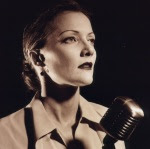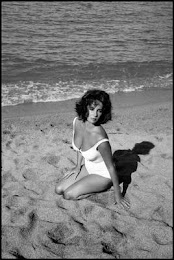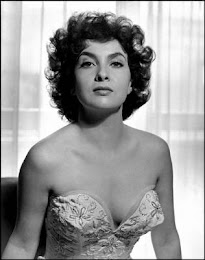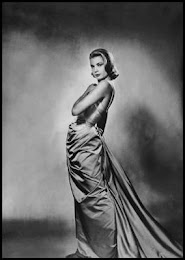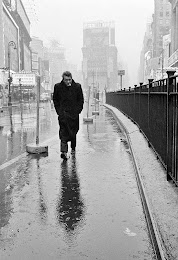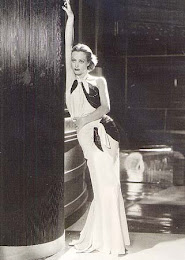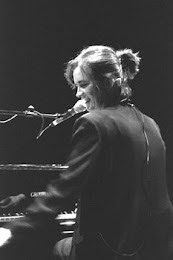Adão e Eva
Galleria degli Uffizi, Firenze
Hans Baldung, também conhecido como Baldung Grien, em razão de sua preferência pela cor verde, (Schwäbisch Gmünd, 1484 ou 1485 — Strasburg, setembro de 1545) foi um famoso pintor alemão do Renascimento.
Viveu na sua cidade natal até 1502, quando se mudou para Nuremberg, onde trabalhou no ateliê de Albrecht Dürer, tendo permanecido aí cinco anos, o que muito o influenciou nas suas obras.
Em 1509 mudou-se, novamente, para Strasburg, onde entra em contacto com os círculos intelectuais de Martinho Lutero. Porém, entre 1512 e 1517, passou a residir em Fribourg, trabalhando na sua obra-prima, o altar da catedral.
Apesar de realizar uma boa produção religiosa, a sua temática favorita era macabra, sendo a morte e o erotismo contantes em toda a sua obra. Atualmente, algumas das suas obras estão expostas no
Museu do Prado em Madrid.
Hans Baldung, dit Grien (en raison de sa prédilection pour la couleur verte), est un peintre, dessinateur et graveur allemand de la Renaissance. Il est né à Weyersheim près de Strasbourg, où son père était fonctionnaire du prince-évêque,en 1484 ou 1485 et mort à Strasbourg en septembre 1545.
Son père ayant depuis 1492 la charge de conseiller juridique de l'évêque de Strasbourg (Albert de Bavière) et sa famille habitant dans cette ville, le jeune Hans Baldung y fit son apprentissage, auprès d'un artiste demeuré inconnu. Il perfectionna son art dans l'atelier d'Albrecht Dürer à Nuremberg entre 1503 et 1507, puis passa l'essentiel de sa vie à Strasbourg, hormis un séjour à Fribourg-en-Brisgau en 1513-1516 où il réalisa entre autres le retable de la cathédrale. Plusieurs de ses tableaux allégoriques sont énigmatiques et ont fait l'objet de réattributions et de changements de titres au cours de l'histoire.
Adão
Museum of Fine Arts, Budapest
Eva
Museum of Fine Arts, Budapest
Adão e Eva
Museu Thyssen - Bornemisza, Madrid
Hans Baldung, called Grien, one of the greatest upper German painters, printmakers and copperplate engravers was born in Schwäbisch-Gmünd in 1470. A short time after his birth, his parents moved to Strasbourg, where Baldung spent his time as an apprentice under a Strasbourg master. In 1503 he went to Nuremberg, where he worked as journeyman and favorite student of Albrecht Dürer. After successfully completing his time as an apprentice, Baldung returned to Strasbourg, where he received the citizenship in 1509.
During the subsequent years Hans Baldung worked in Strasbourg, Switzerland, Alsace and Freiburg in Breisgau as a painter and copperplate engraver. He produced his most important work, the large high altar of the cathedral of Freiburg between 1512 and 1516.
Alongside this high altar, about 100 further paintings by Hans Baldung survive, which show him as a master, who understands how to take completely new paths of coloration and lend the traditional motifs of his pictures idyllic, fairytale-like and sometimes demonic character. His female figures often appear as seductive allegories.
In 1553 Baldung returned to Strasbourg, where he was appointed court painter and member of the High Council. In September 1545 Baldung died in Strasbourg, a wealthy and highly acclaimed man.
Hans Baldung is one of the most important painters and printmakers and, second only to Albrecht Dürer and Hans Holbein, is one of the most productive artists of the 16th century.
Hans Baldung, Self-Portrait







